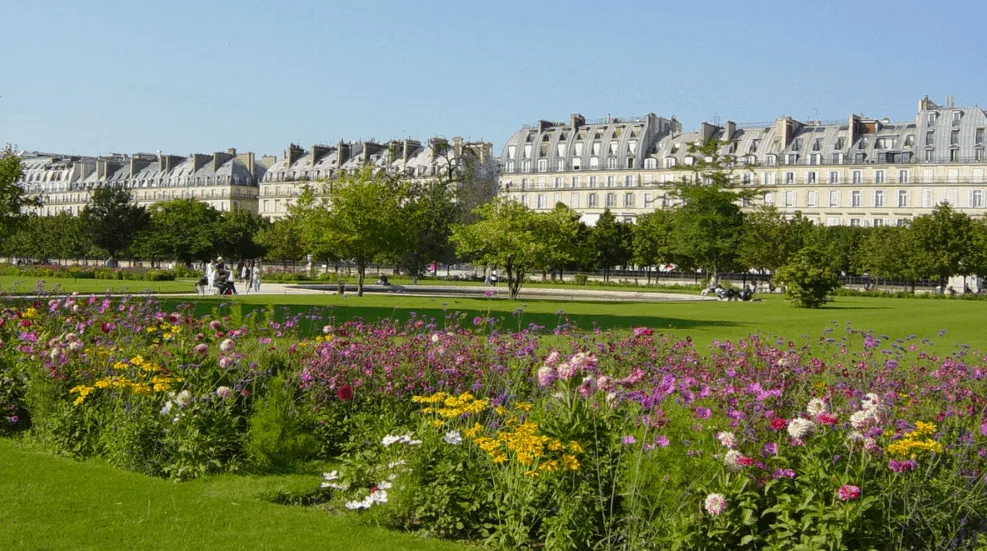Walking around in Paris is like taking a walk into history lane, and there are few better places to take a stroll than in one of the most amazing gardens in the world right in the center of France’s capital.
In this post, you’ll discover the ultimate list of facts about the Tuileries Garden, a great place to relax in the city.
1. The garden was created in the 16th century
When King Henry II died in the year in July 1559 during a hunting accident, his Queen, Catherine de’ Medici, moved to the Louvre Palace out of grief for her husband who had died in their residence, the medieval Hôtel des Tournelles.
Yes, the Louvre wasn’t a museum yet back then but an actual palace.
Just 5 years later, however, she commissioned the construction of a new palace called the Tuileries Palace. The Tuileries Garden was part of that plan.

2. Catherine de’ Medici had a nickname
The fact that Catherine de’ Medici was an Italian Noblewoman who grew up in amazing-looking Italian palaces made her detest the medieval Hôtel des Tournelles and the Louvre Palace where she moved to.
While commissioning the Tuileries Palace she had the opportunity to create the palace she wanted, in honor of her dead husband.
Because she had emblems of her love and grief for her late husband Henry II carved into the stones of the palace, she was called the “New Artemisia” by poets. This is after Artemisia II of Caria, who built the Mausoleum at Halicarnassus as a tomb for her dead husband.
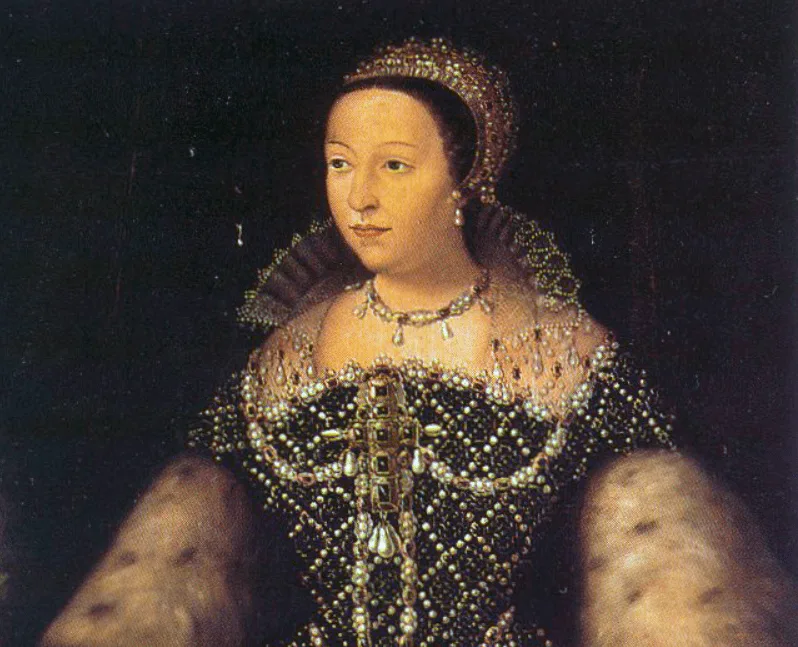
3. How did the Tuileries Palace and Garden get their name?
Since the 13th century, the area where the Tuileries palace and Garden were constructed had been occupied by tile factories.

These tile-producing factories were called “Tuileries” because “tuile” in French means tile. So the Tuileries garden simply means the “Tile Garden.”
4. Catherine de’ Medici commissioned a specific type of garden
Being Italian, we’re pretty sure you can already guess what type of garden she preferred. Yes, that’s right, she commissioned an Italian Renaissance garden.
The garden contained fountains, a grotto, a labyrinth, and was completely decorated with pottery containing images of animals and plants.
5. She hired an Italian architect
Who better to create an Italian Renaissance garden than an Italian architect from one of the biggest cities in Italy at the time, Florence.
Bernard de Carnesse created the first version of the Tuileries Garden in an enclosed space 500 meters long and 300 meters wide, divided into rectangular compartments.
One big lane led up to the Palace and 6 small streets divided the flower beds, lawns, vineyards, and sections with trees.
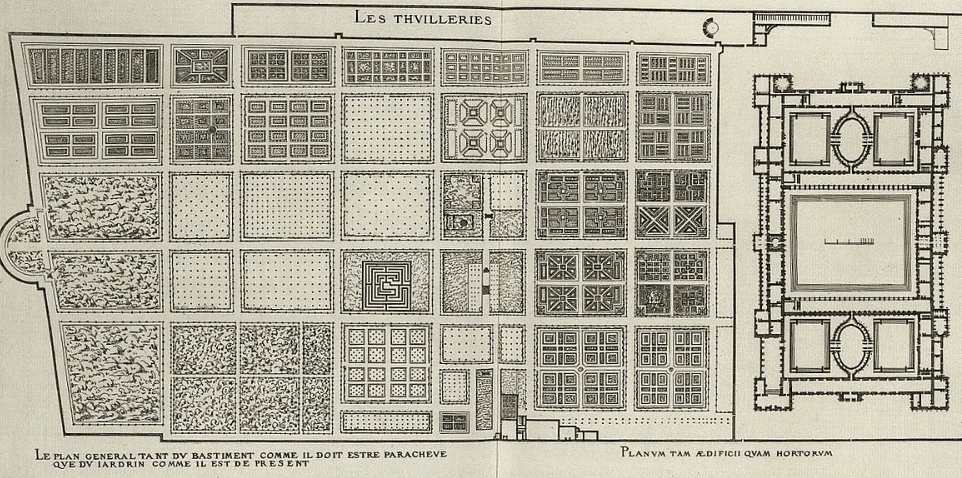
6. It became the playground for a 9-year old boy
When Henry IV was assassinated in 1610, his son, Louis XIII became the new owner. One of the most remarkable facts about the Tuileries Garden is that he was only 9 years old when he inherited one of the most amazing gardens in Paris at that time!
As expected, the boy turned it into a mini-zoo and used the immense garden for hunting and other playful activities at the time.
How lucky can a boy get?

7. The entire garden got redesigned under Louis XIV
After a period of civil war known as “La Fondre” which eventually firmly established the absolute monarchy, Louis XIV had all the power he needed to complete the Tuileries palace and redesign the Tuileries Garden.
While the Tuileries Palace had been an ongoing project with constant changes being made over the centuries, the Tuileries Garden’s design as we know it today was commissioned in 1664.
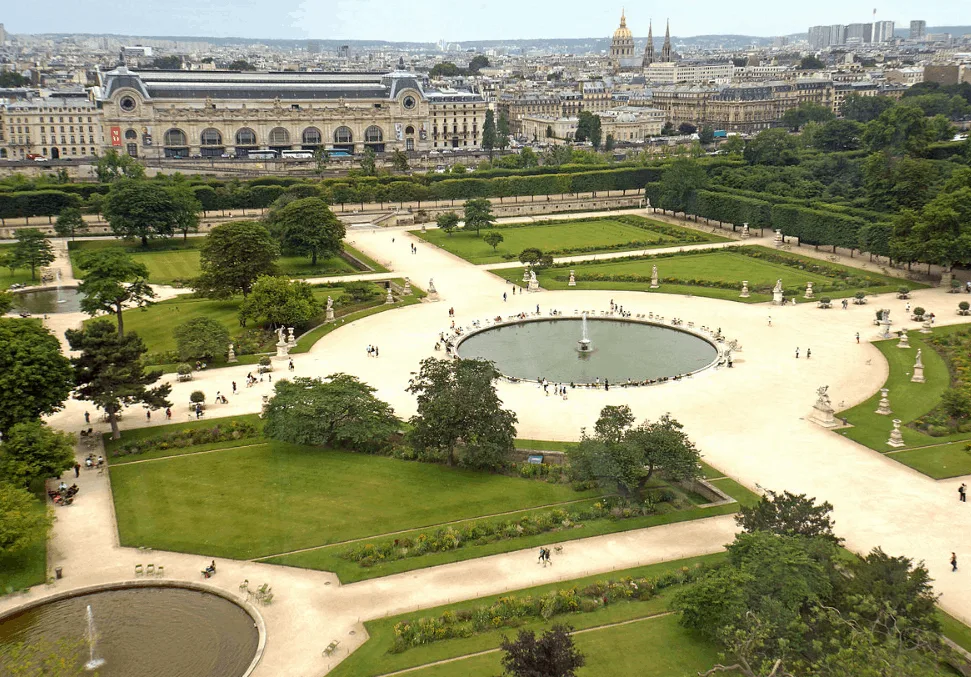
8. The landscape architect was a familiar name
The landscape architect who was commissioned to redesign the entire garden was André Le Nôtre.
What’s remarkable is that he was the grandson of the landscape architect of Catherine de’ Medici who initially designed the garden, Pierre Le Nôtre.
To make the family business complete, his father Jean was also a gardener at the Tuileries Garden.

9. The garden had a unique perspective
To emphasize the power of the monarchy, the garden had to be grandiose, something which was emphasized even more at the Palace of Versailles.
Le Nôtre instantly turned the Tuileries Garden into a formal “Jardin à la Française,” a garden based on symmetry and the principle of imposing order on nature.
To highlight both elements, he replaced the lane in between the Palace and the Garden and built a terrace that allowed visitors to look down upon it, offering an amazing view of the flowerbeds and ornamental lakes with fountains.
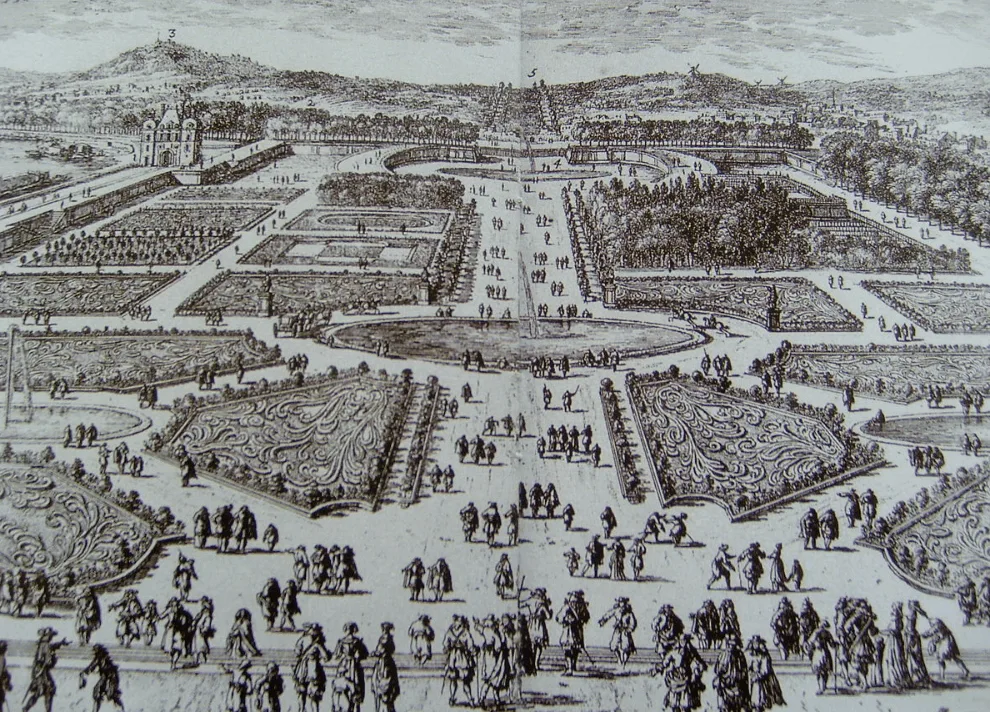
10. There are other viewpoints to see the garden from above
Apart from the main terrace which gives visitors an amazing view from the entire garden, Le Nôtre integrated two ramps near the main basin as well.
The location of these two ramps is next to the current-day Place de la Concorde with the Luxor Obelisk, the endpoint of the most famous avenue in Paris, the Champs-Élysees.
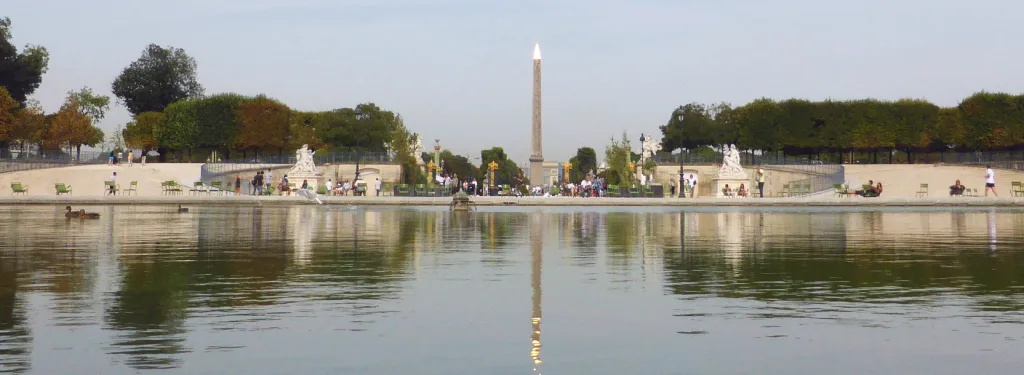
11. The Tuileries Garden was an attraction
Unlike before, when the garden was enclosed with walls, it became publicly accessible. In fact, in 1667, it was the first royal garden to open to the public in history!
The garden wasn’t even finished yet and 100’s of workers continuously worked to perfect every element of the garden until the year 1672 when it was finally completed.
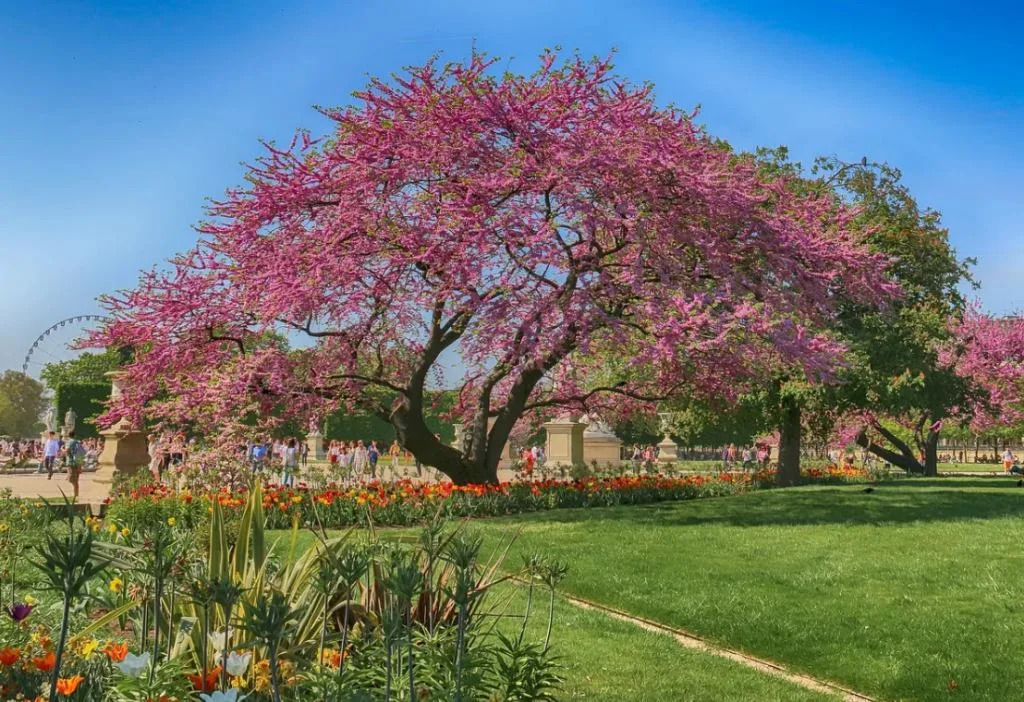
12. Opening the Garden came at the request of a famous writer
Obviously, opening up the garden for the public wasn’t an idea of Louis XIV. The idea came from Charles Perrault, the creator of the “fairy tale” genre in literature and famously known for his story “Sleeping Beauty,” “Little Red Riding Hood,” and “Cinderella.”
Perhaps the magnificence of the garden inspired him to create more amazing fairy tales?

13. King Louis XIV moved out and the garden got abandoned
Perhaps opening the gardens to the public in the center of Paris wasn’t the best idea after all as the King grew more and more frustrated.
Granted, there were rules such as no beggars, servants, and soldiers allowed.
Nevertheless, his frustration with the Parisians who didn’t listen to their king resulted in his move to Versailles and creating an even more impressive garden, and which left the Tuileries Garden abandoned for decades.
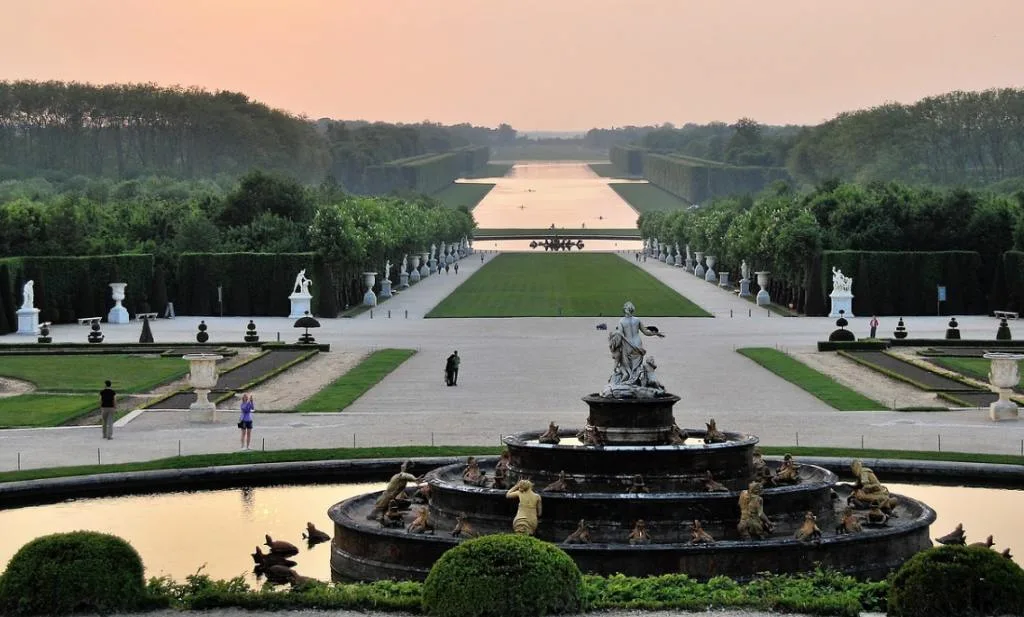
14. Louis XV put things back in order
When Louis XIV died after reigning over France for 72 years (the longest-reigning monarch in European history), his great-grandson Louis XV inherited the throne.
During his reign, the garden was turned back into its old glory. Multiple statues were added to decorate the garden, a swing bridge was constructed to make the garden easily accessible from the west, and the Place Louis XV (now Place de la Concorde) was created as a glorious vestibule for the Tuileries garden.
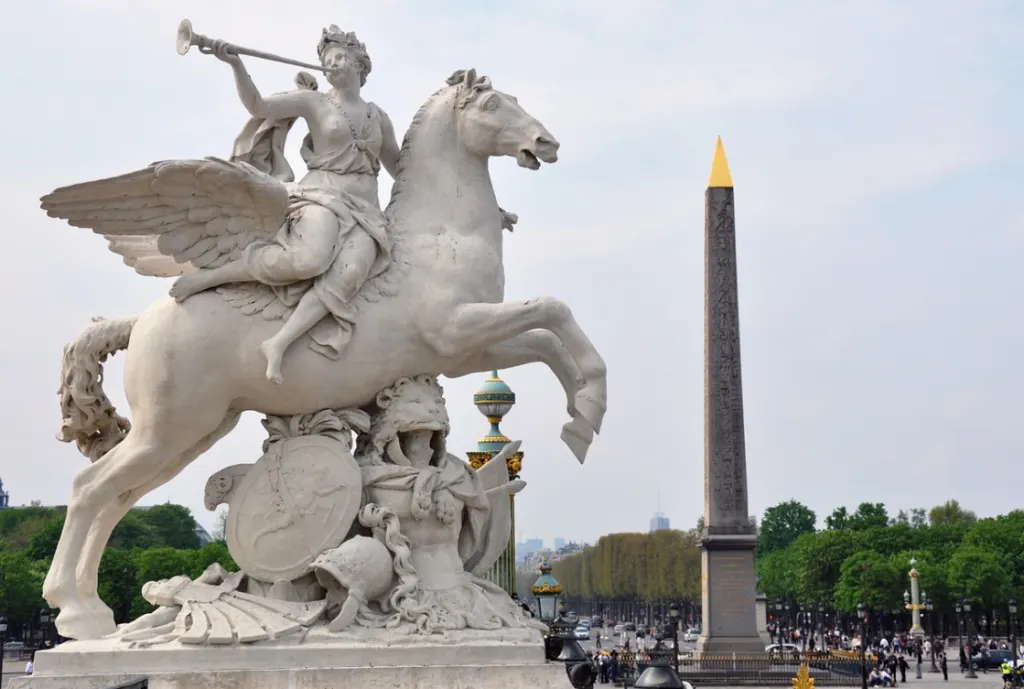
15. The Tuileries Garden played a crucial role in the revolution
Shortly after the French Revolution began, King Louis XVI and his Queen Marie Antoinette, and all other members of the royal family were put on house arrest in the Tuileries Palace.
The royal family attempted an unsuccessful escape referred to as “The Flight to Varennes,” and the Tuileries Palace was stormed by revolutionaries on August 10, 1792.
The Swiss Guards that were supposed to protect the royal family were chased through the Tuileries Garden and massacred.
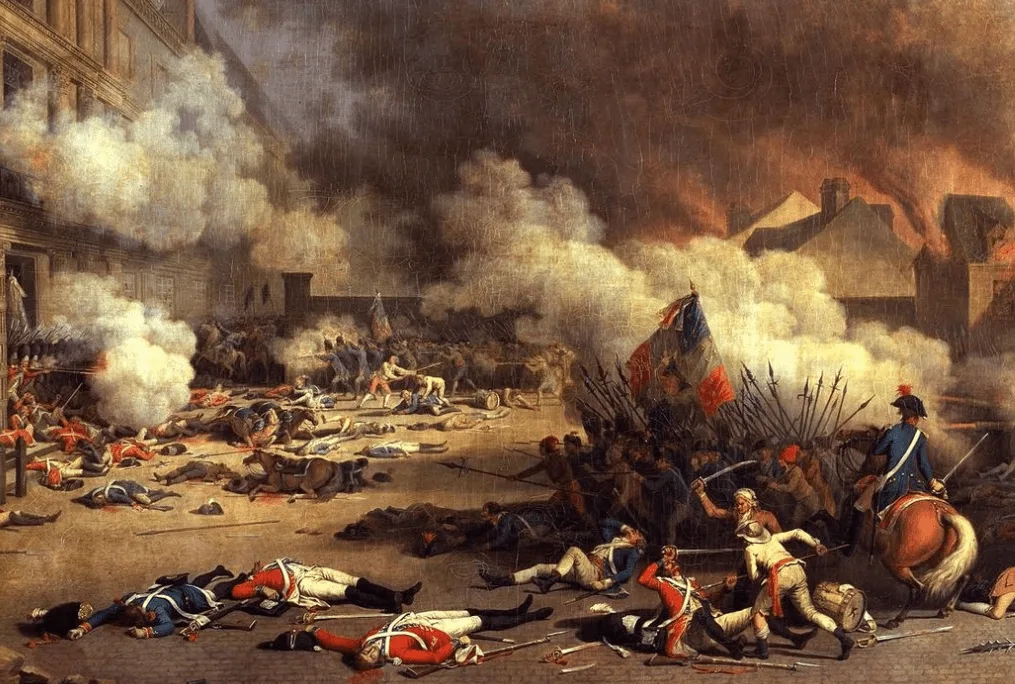
16. The Tuileries Garden briefly had another name
During the period of the French Revolution, which ended in the dictatorship called the “French Consulat” under Napoleon Bonaparte, the Tuileries Garden was briefly called “Le Jardin National.” Thie simply translates to “The National Garden.”
It was used to hold revolutionary festivals and holidays. One example was a ceremony in honor of the “Cult of the Supreme Being” led by Robespierre in the Tuileries on June 8, 1794.
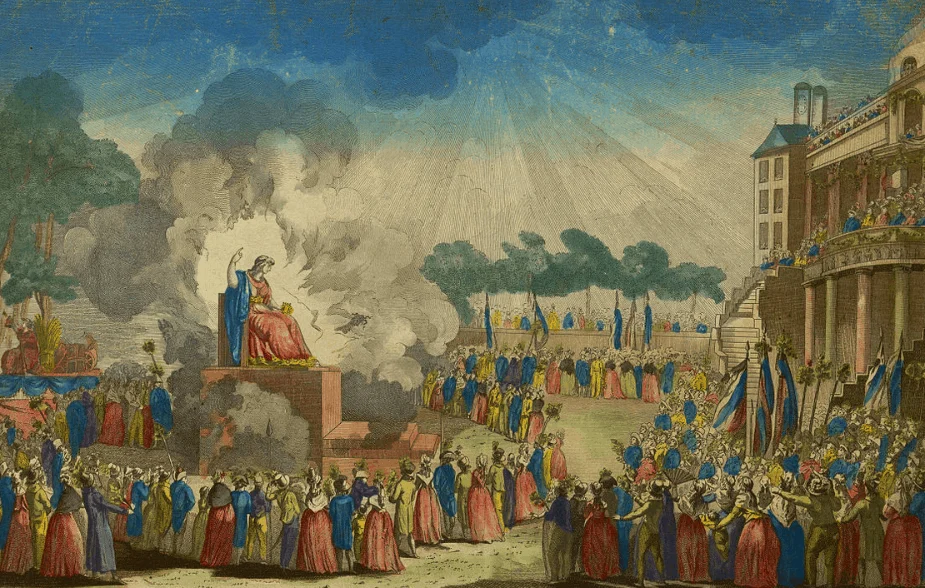
17. The Garden became a place to relax for Parisians
France saw multiple periods of turmoil in the 19th century resembling the French Revolution, so the Tuileries Garden became one of the most favorite spots for ordinary Parisians.
The wonderful Garden was used for walking, meeting with friends, relaxing, and getting entertained with music.

18. The Tuileries Palace was burned
In yet another period of war and turmoil, the Tuileries palace was burned and destroyed with tar and petroleum by members of the Paris Commune on May 23, 1871.
The ruins of the palace remained standing for over 11 years until the Third Republic finally decided to demolish the heavily damaged Palace.
After the rubble was moved, the location of the former Tuileries Palace was integrated and incorporated into the Tuileries Garden.
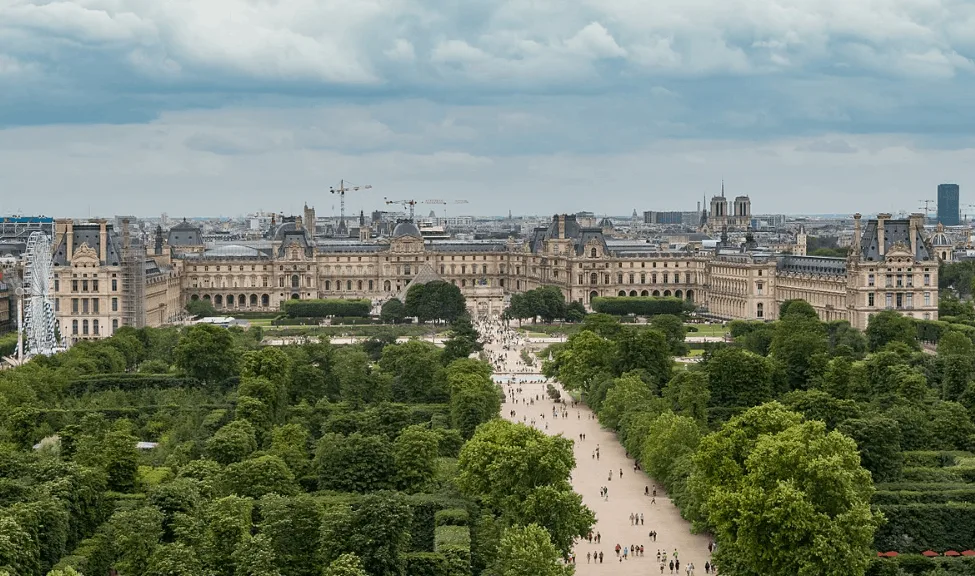
19. Claude Monet got inspiration from the Garden
Claude Monet, one of the most famous French impressionist painters, got his inspiration for the Water Lilies series from the Tuileries garden.
In the Musée de l’Orangerie in the west of the Garden, you can find 8 oil-on-canvas murals of Monet’s famous series.
Apart from Claude Monet, you can also find works by Paul Cézanne, Henri Matisse, Amedeo Modigliani, Pablo Picasso, Pierre-Auguste Renoir, Henri Rousseau, Alfred Sisley, Chaim Soutine, Maurice Utrillo, and others.
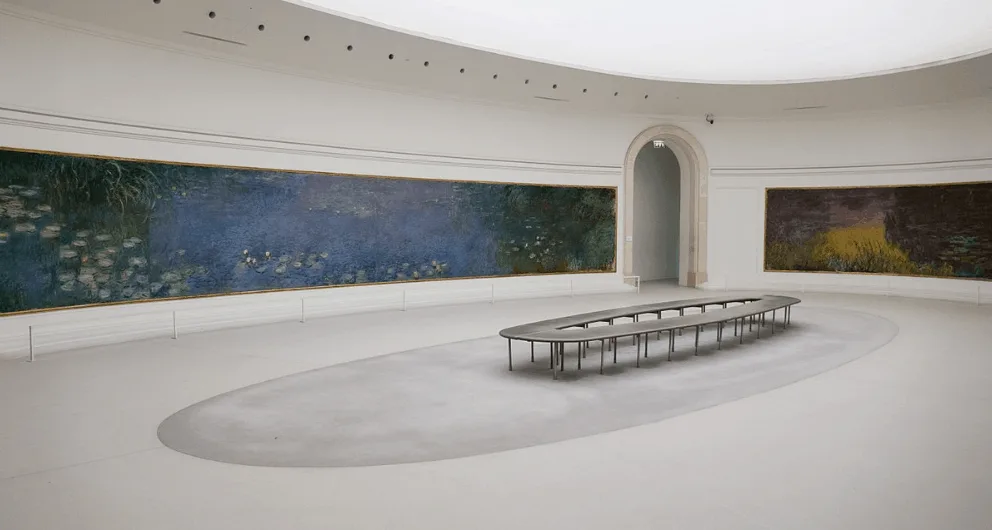
20. The terrace of the museum contains famous sculptures
In front of the Musée de l’Orangerie, you can find 4 bronze sculptures created by famous French sculptor Auguste Rodin.
The 4 works are called:
- Le Baiser (1881–1898)
- Eve (1881)
- La Grande Ombre (1880)
- La Meditation Avec bras (1881–1905)

21. Another museum was once used by the Germans
On the Northside of the Tuileries Garden, right next to the Place de la Concorde, we can find the “Galerie Nationale du Jeu de Paume.”
It was initially constructed to house art from outside of France, but in the second World War, it was used by the Germans to store their looted art.
After serving as a museum for impressionist works, which were moved to the Musée d’Orsay in 1986, it is now used for exhibits of modern and contemporary art.

22. Enjoy the scenery and flowers
If you just visited the Louvre Museum, you’re most probably a bit tired. There is no better place to relax than just next door in the Tuileries Garden. The scenery is simply amazing and the flowers give the place a magical feeling.
No wonder that the inventor of fairy tales wanted to open the Tuileries Garden to the public!
